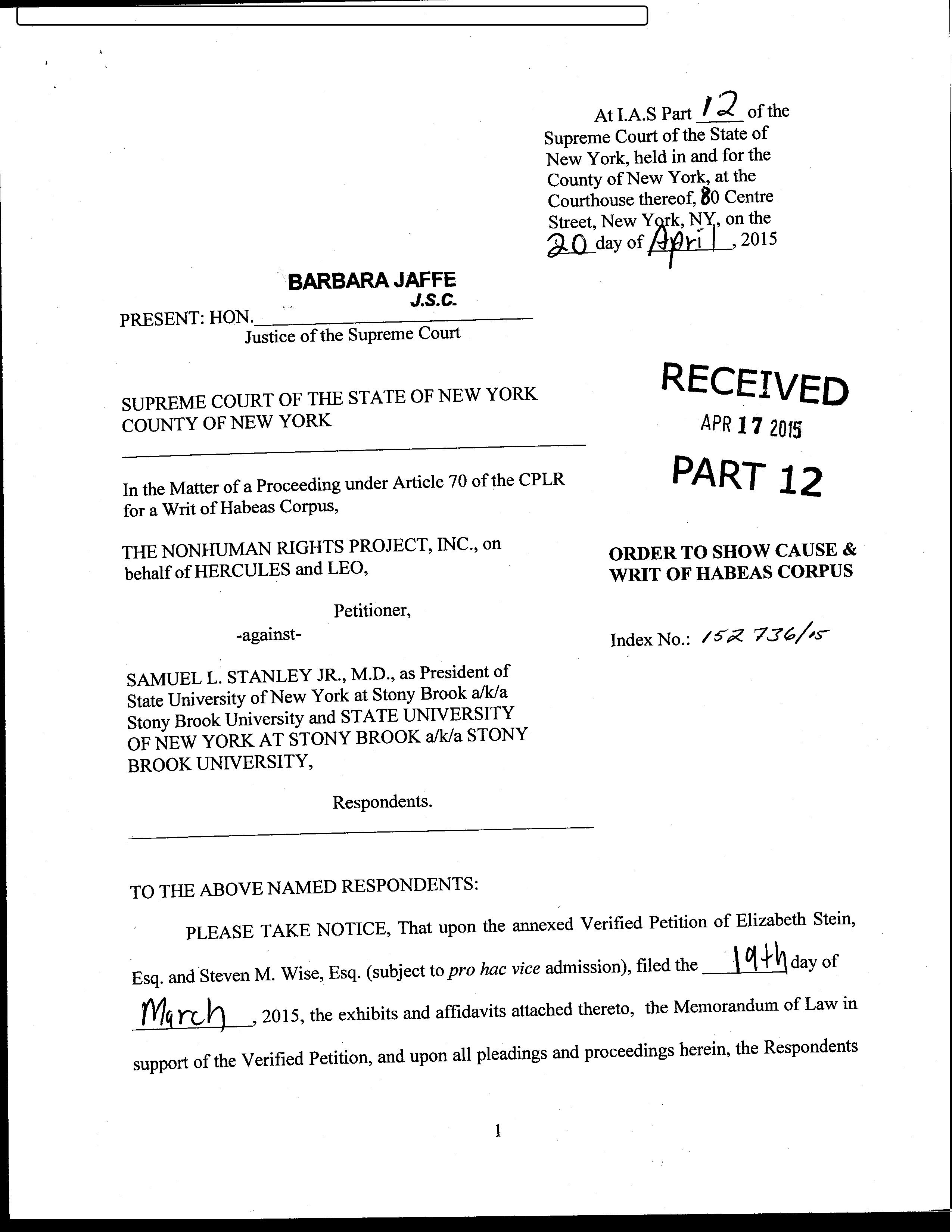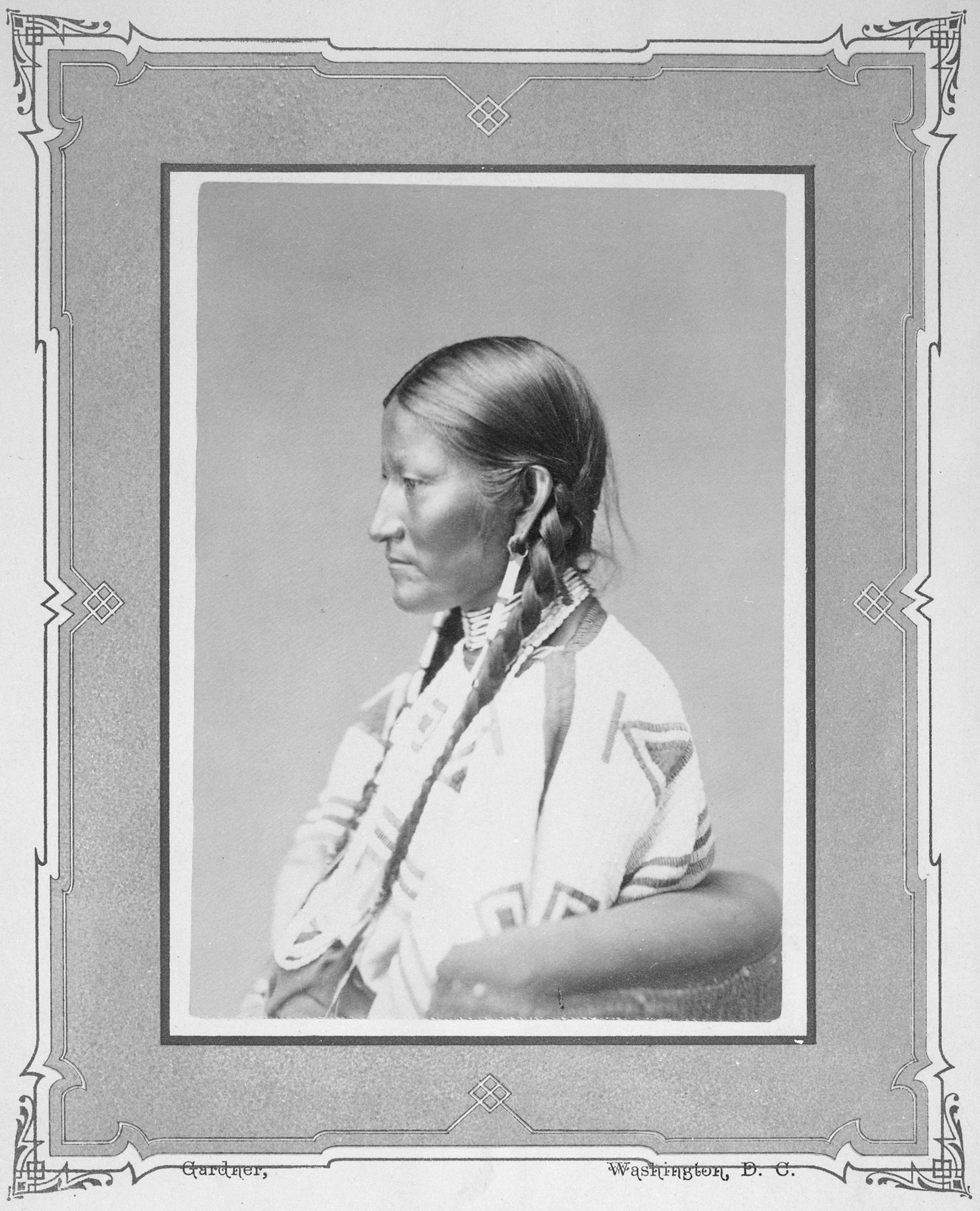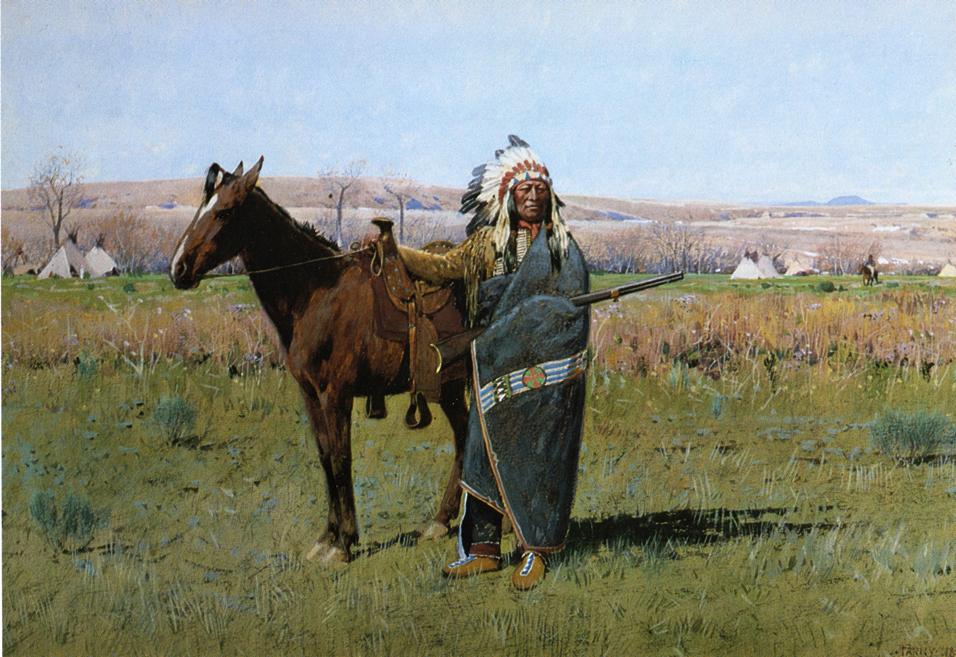|
United States V. Lara
''United States v. Lara'', 541 U.S. 193 (2004), was a United States Supreme Court landmark case which held that both the United States and a Native American (Indian) tribe could prosecute an Indian for the same acts that constituted crimes in both jurisdictions. The Court held that the United States and the tribe were separate sovereigns; therefore, separate tribal and federal prosecutions did not violate the Double Jeopardy Clause. In the 1880s, Congress passed the Major Crimes Act, divesting tribes of criminal jurisdiction in regard to several felony crimes. In 1990, the Supreme Court ruled in '' Duro v. Reina'' that an Indian tribe did not have the authority to try an Indian criminally who was not a member of that tribe. The following year, Congress passed a law that stated that Indian tribes, because of their inherent sovereignty, had the authority to try non-member Indians for crimes committed within the tribe's territorial jurisdiction. The defendant, Billy Jo Lara, w ... [...More Info...] [...Related Items...] OR: [Wikipedia] [Google] [Baidu] |
Indian Tribe
In the United States, an American Indian tribe, Native American tribe, Alaska Native village, tribal nation, or similar concept is any extant or historical clan, tribe, band, nation, or other group or community of Native Americans in the United States. Modern forms of these entities are often associated with land or territory of an Indian reservation. "Federally recognized Indian tribe" is a legal term of art in United States law with a specific meaning. An Indian tribe recognized by the United States government usually possesses tribal sovereignty, a "dependent sovereign nation" status with the Federal Government that is similar to that of a state in some situations, and that of a nation in others. Depending on the historic circumstances of recognition, the degree of self-government and sovereignty varies somewhat from one tribal nation to another. Legal definition in the United States The term ''tribe'' is defined in the United States for some federal government purposes ... [...More Info...] [...Related Items...] OR: [Wikipedia] [Google] [Baidu] |
Habeas Corpus
''Habeas corpus'' (; from Medieval Latin, ) is a recourse in law through which a person can report an unlawful detention or imprisonment to a court and request that the court order the custodian of the person, usually a prison official, to bring the prisoner to court, to determine whether the detention is lawful. The writ of ''habeas corpus'' was described in the eighteenth century by William Blackstone as a "great and efficacious writ in all manner of illegal confinement". It is a summons with the force of a court order; it is addressed to the custodian (a prison official, for example) and demands that a prisoner be brought before the court, and that the custodian present proof of authority, allowing the court to determine whether the custodian has lawful authority to detain the prisoner. If the custodian is acting beyond their authority, then the prisoner must be released. Any prisoner, or another person acting on their behalf, may petition the court, or a judge, for ... [...More Info...] [...Related Items...] OR: [Wikipedia] [Google] [Baidu] |
South Dakota
South Dakota (; Sioux: , ) is a U.S. state in the North Central region of the United States. It is also part of the Great Plains. South Dakota is named after the Lakota and Dakota Sioux Native American tribes, who comprise a large portion of the population with nine reservations currently in the state and have historically dominated the territory. South Dakota is the seventeenth largest by area, but the 5th least populous, and the 5th least densely populated of the 50 United States. As the southern part of the former Dakota Territory, South Dakota became a state on November 2, 1889, simultaneously with North Dakota. They are the 39th and 40th states admitted to the union; President Benjamin Harrison shuffled the statehood papers before signing them so that no one could tell which became a state first. Pierre is the state capital, and Sioux Falls, with a population of about 192,200, is South Dakota's largest city. South Dakota is bordered by the states of North D ... [...More Info...] [...Related Items...] OR: [Wikipedia] [Google] [Baidu] |
Great Sioux Reservation
The Great Sioux Reservation initially set aside land west of the Missouri River in South Dakota and Nebraska for the use of the Lakota Sioux, who had dominated this territory. The reservation was established in the Fort Laramie Treaty of 1868. It included all of present-day western South Dakota (commonly known as " West River" South Dakota) and modern Boyd County, Nebraska. This area was established by the United States as a reservation for the Teton Sioux, also known as the Lakota: the seven western bands of the "Seven Council Fires" (the Great Sioux Nation). Today, the Sioux primarily live on reservations in Minnesota, Nebraska, North Dakota, South Dakota, and Montana. From the 1860s through the 1870s the American frontier was a mess with battle between the United States and the Sioux. United States settlements expanded into the west and interfered with the Sioux's homes and lives. Reservation In addition to the reservation dedicated to the Lakota, the treaty gave th ... [...More Info...] [...Related Items...] OR: [Wikipedia] [Google] [Baidu] |
Spotted Tail
Spotted Tail (Siŋté Glešká pronounced ''gleh-shka''; birth name T'at'aŋka Napsíca "Jumping Buffalo"Ingham (2013) uses 'c' to represent 'č'. ); born c. 1823 – died August 5, 1881) was a Brulé Lakota tribal chief. Although a great warrior in his youth, and having taken part in the Grattan massacre, he declined to participate in Red Cloud's War. He had become convinced of the futility of opposing the white incursions into his homeland; he became a statesman, speaking for peace and defending the rights of his tribe. He made several trips to Washington, D.C. in the 1870s to represent his people, and was noted for his interest in bringing education to the Sioux. He was shot and killed by Crow Dog, a Brulé Lakota subchief, in 1881 for reasons which have been disputed. Early years Spotted Tail was born about 1823 in the White River country west of the Missouri River in present-day South Dakota. His father, Cunka or Tangle Hair, was from the Saône band, and his mother, ... [...More Info...] [...Related Items...] OR: [Wikipedia] [Google] [Baidu] |
Crow Dog
Crow Dog (also Kȟaŋǧí Šúŋka, Jerome Crow Dog; 1833 – August 1912) was a Brulé Lakota subchief, born at Horse Stealing Creek, Montana Territory. Family He was the nephew of former principal chief Conquering Bear, who was killed in 1854 in an incident which would be known as the Grattan massacre. He was the great-grandfather of Leonard Crow Dog (1942–2021), a practitioner of traditional herbal medicine, a leader of Sun Dance ceremonies, and preserver of Lakota traditions. Life Crow Dog was a traditionalist and one of the leaders who helped popularize the Ghost Dance. After receiving a vision, Jerome warned several dancers to stay away from a large gathering of tribes in 1890 thus saving them from being victims of the Wounded Knee Massacre. Murder trial On August 5, 1881, after a long-simmering feud, Crow Dog shot and killed principal chief Spotted Tail (who was also at the Grattan massacre), on the Rosebud Indian Reservation. A grand jury was convened and he was trie ... [...More Info...] [...Related Items...] OR: [Wikipedia] [Google] [Baidu] |
Brulé
The Brulé are one of the seven branches or bands (sometimes called "sub-tribes") of the Teton (Titonwan) Lakota American Indian people. They are known as Sičhą́ǧu Oyáte (in Lakȟóta) —Sicangu Oyate—, ''Sicangu Lakota, o''r "Burnt Thighs Nation". Learning the meaning of their name, the French called them the ''Brûlé'' (literally, "burnt"). The name may have derived from an incident where they were fleeing through a grass fire on the plains. Distribution Many Sičhą́ǧu people live on the Rosebud Indian Reservation in southwestern South Dakota and are enrolled in the federally recognized Rosebud Sioux Tribe, also known in Lakȟóta as the ''Sičhą́ǧu Oyáte.'' A smaller population lives on the Lower Brule Indian Reservation, on the west bank of the Missouri River in central South Dakota, and on the Pine Ridge Indian Reservation, also in South Dakota, directly west of the Rosebud Indian Reservation. The different federally recognized tribes are politically ... [...More Info...] [...Related Items...] OR: [Wikipedia] [Google] [Baidu] |
Dakota Territory
The Territory of Dakota was an organized incorporated territory of the United States that existed from March 2, 1861, until November 2, 1889, when the final extent of the reduced territory was split and admitted to the Union as the states of North and South Dakota. History The Dakota Territory consisted of the northernmost part of the land acquired in the Louisiana Purchase in 1803, as well as the southernmost part of Rupert's Land, which was acquired in 1818 when the boundary was changed to the 49th parallel. The name refers to the Dakota branch of the Sioux tribes which occupied the area at the time. Most of Dakota Territory was formerly part of the Minnesota and Nebraska territories. When Minnesota became a state in 1858, the leftover area between the Missouri River and Minnesota's western boundary fell unorganized. When the Yankton Treaty was signed later that year, ceding much of what had been Sioux Indian land to the U.S. Government, early settlers formed a provi ... [...More Info...] [...Related Items...] OR: [Wikipedia] [Google] [Baidu] |
Ojibwe People
The Ojibwe, Ojibwa, Chippewa, or Saulteaux are an Anishinaabe people in what is currently southern Canada, the northern Midwestern United States, and Northern Plains. According to the U.S. census, in the United States Ojibwe people are one of the largest tribal populations among Native American peoples. In Canada, they are the second-largest First Nations population, surpassed only by the Cree. They are one of the most numerous Indigenous Peoples north of the Rio Grande. The Ojibwe population is approximately 320,000 people, with 170,742 living in the United States , and approximately 160,000 living in Canada. In the United States, there are 77,940 mainline Ojibwe; 76,760 Saulteaux; and 8,770 Mississauga, organized in 125 bands. In Canada, they live from western Quebec to eastern British Columbia. The Ojibwe language is Anishinaabemowin, a branch of the Algonquian language family. They are part of the Council of Three Fires (which also include the Odawa and Potawatomi) and ... [...More Info...] [...Related Items...] OR: [Wikipedia] [Google] [Baidu] |
Minnesota
Minnesota () is a state in the upper midwestern region of the United States. It is the 12th largest U.S. state in area and the 22nd most populous, with over 5.75 million residents. Minnesota is home to western prairies, now given over to intensive agriculture; deciduous forests in the southeast, now partially cleared, farmed, and settled; and the less populated North Woods, used for mining, forestry, and recreation. Roughly a third of the state is covered in forests, and it is known as the "Land of 10,000 Lakes" for having over 14,000 bodies of fresh water of at least ten acres. More than 60% of Minnesotans live in the Minneapolis–Saint Paul metropolitan area, known as the "Twin Cities", the state's main political, economic, and cultural hub. With a population of about 3.7 million, the Twin Cities is the 16th largest metropolitan area in the U.S. Other minor metropolitan and micropolitan statistical areas in the state include Duluth, Mankato, Moorhead, Rochester, and ... [...More Info...] [...Related Items...] OR: [Wikipedia] [Google] [Baidu] |






.jpg)
